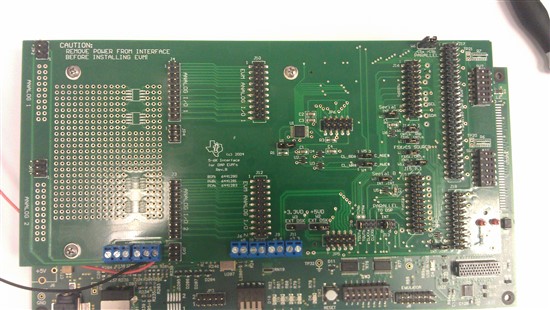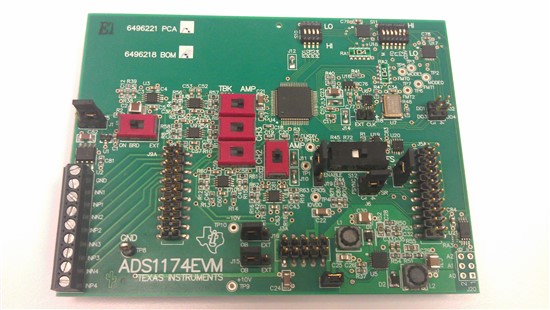Hi,
I want to use an ADS1174EVM to input some values to a DSK6416 board through a 5-6k interface board. Is there any information about how to do this from the scratch?. I got a project that uses the 6416 and the ADS1274 but after trying it, it does not work. So I am trying to understand how to program the Mcbsp port as master to use SPI with the ads. Is there any information also about how to setup the jumpers and switches of the different hardware (DSK. ADS, 56-K card).
Thanks in advance,
Ivan



